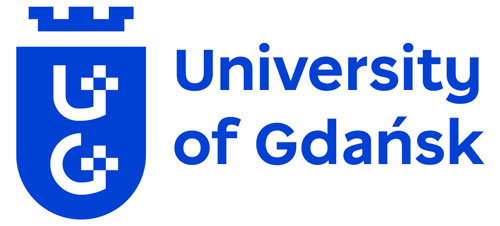NRF2 is a transcription factor that plays a key role in maintaining cellular homeostasis by activating genes involved in counteracting cellular stress. Detecting NRF2, like any other protein, relies on monoclonal antibodies (mAbs) that bind to the protein, with its presence further visualized using chemiluminescence and fluorescence in techniques such as western blotting, flow cytometry, and confocal microscopy. These mAbs are foundational to complex mechanistic research focused on NRF2 regulation, activation, and druggability. But how can we address intricate questions if the basic tools are flawed and unreliable?
Our publication in Redox Biology demonstrates the pitfalls of blindly trusting antibody signals. The integrative work of our group shows that the majority of commercially available anti-NRF2 mAbs also bind to another protein, a chaperone named calmegin, that migrates at a similar molecular weight to NRF2 in denaturing electrophoresis. This overlap can lead to confusion and mistaken identification of NRF2. Indeed, a quick glance at published western blots shows that calmegin has often been misinterpreted as NRF2—something we also fell victim to before recognizing this phenomenon (thank you to our mass-spec team!).

However, the situation isn’t entirely disastrous. We succeeded in identifying and validating one antibody that binds to NRF2 with minimal or no binding to calmegin (depending on the cell type), both in western blotting and immunofluorescence. This validated antibody provides a reliable tool for NRF2 detection and will significantly improve research in this area, ensuring that NRF2 studies can now be built on more solid foundations!
You can find the article here: https://doi.org/10.1016/j.redox.2025.103549
This research is funded by:





